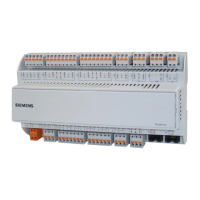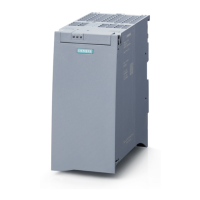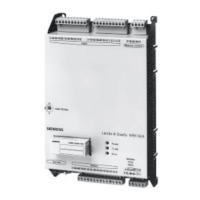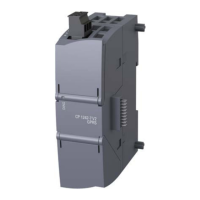21
TUTORBIT
COSMOGAS
4.17 - Antifrost
If you want to stop the system for a long period of time (for
example, if you go on holiday), you can set the system in
antifrost.
To activate the antifrost, first set the outdoor sensor in
Conguration->System->Outdoor sensor = Yes.
If the antifrost is enabled without the outdoor sensor, a Non-
congured Outdoor sensor alarm will be triggered.
ATTENTION!!! The “Non-configured Outdoor sensor
alarm” is not able to activate the “Alarm” output (contacts
C; D02 in Figure 4-2).
To activate the antifrost, use Parameters->System control =
Antifrost. In this mode, all heating and/or DHW demand are
ignored. The antifrost is shown on the main page with ANF
on the state of the heating zone(s) displayed.
ATTENTION!!! If the hot water tank is controlled
by a thermostat (Configuration->System->DHW
mode=Thermostat) and the system is in antifrost, when
the hot water tank thermostat closes, a demand for heat
is generated for the hot water tank corresponding to
“Parameters->Antifreeze function->Heating setpoint”.
This could correspond to a continuous DHW demand
because it is very likely that the hot water tank thermostat
will have a setpoint that is higher than this parameter.
ATTENTION!!! The antifrost function guarantees antifrost
protection to the modules and to the hot water tank. The
antifrost function cannot guarantee protection to the
remaining parts of the system.
4 - INSTALLATION
Solar Antifrost
The solar panel is protected by an antifrost cycle. When the
antifrost cycle is working, “ANF” is displayed on the main page.
The antifrost cycle can be disabled by setting Conguration-
>System->Solar Antif = No.
ATTENTION!!! Disable the “Solar Antif” function can
seriously damage the solar panel.
4.16 - Rotation of the modules
The modules are rotated to keep them all at the same length
of operation. There are three rotation modes that can be set
in Parameters->Output rotation->Mode:
- Absent
- Fix
- Time base
- Absent
The rotation of the modules is disabled.
- Fix
The modules are rotated only on a time basis. In
Parameters->Output rotation->Fix Rotation Interval,
the days are loaded after which the modules are rotated.
If, for example, the rotation interval is set at 6 (days), the
sequence for switching the modules on is as follows:
Days Ignition Sequence
Day 0-6 1-2-3-4
Day 7-13 2-3-4-1
Day 14-20 3-4-1-2
Day 21-27 4-1-2-3
Day 28-34 1-2-3-4
- Time base
The modules are rotated based on the maximum ageing
dierence set in Parameters->Output rotation->Max
Ancient di.. This parameter represents the maximum
days of ageing dierence that a module can accumulate
compared to the one that has worked less.
When a module has reached the maximum ageing
dierence compared to the one with the least ageing
dierence, the modules are rotated. Each time heat is
requested, the modules switch on giving precedence to
those with the least number of working hours.
4.16.1 - Rotation of the “Heating” and
“DHW” modules
If at least two modules are set in Conguration->System-
>Module n = DHW (“Distribuited power” DHW see Section
4.12), this means that there is one cascade for the heating
function and one cascade for the DHW function. In the
Parameters->Output rotation->DHW menu you can set the
rotation rules for the modules responsible for producing DHW.
The rules are the same as those described in Section 4.16.
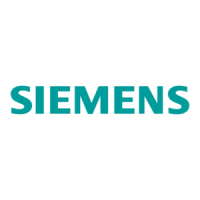
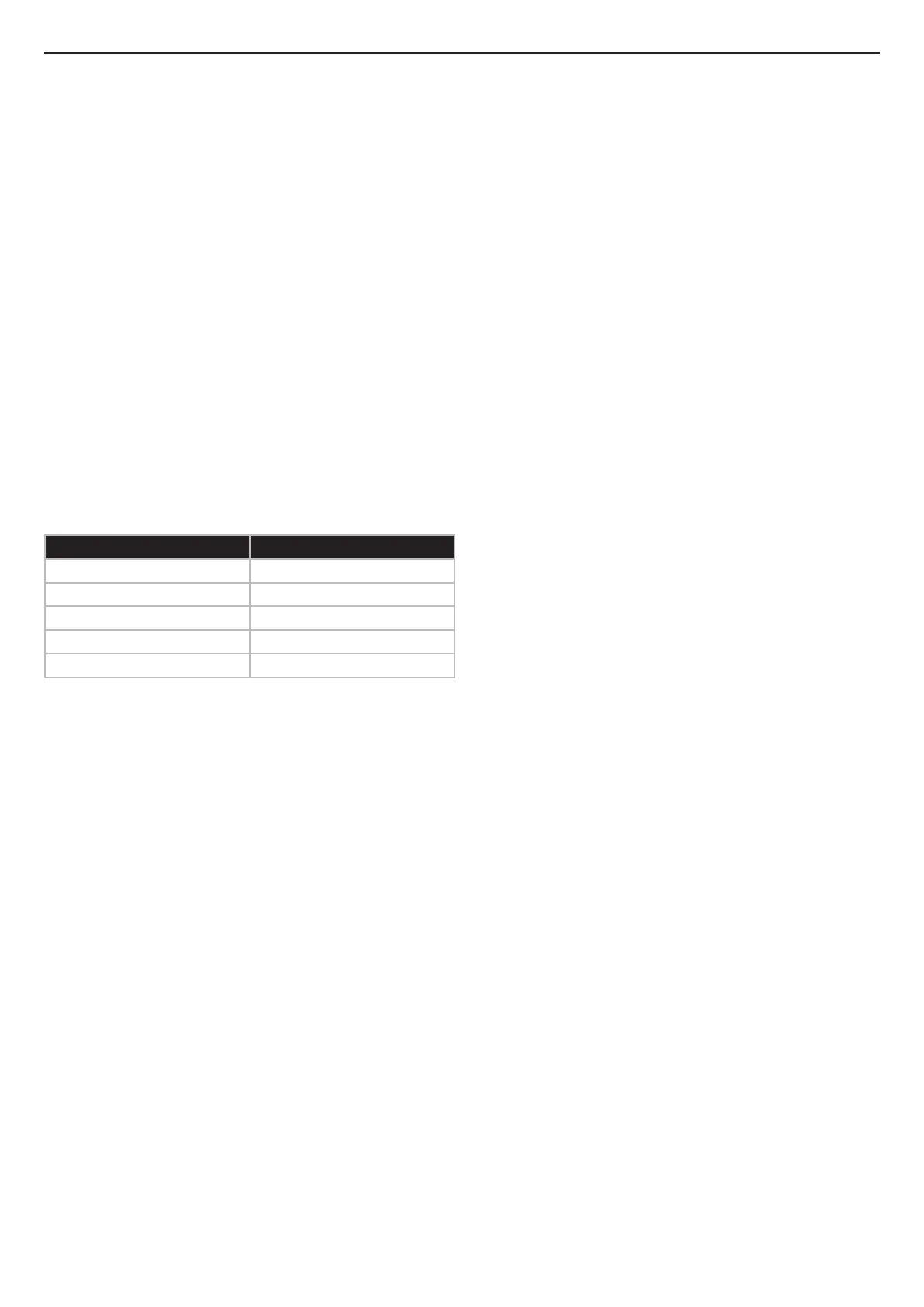